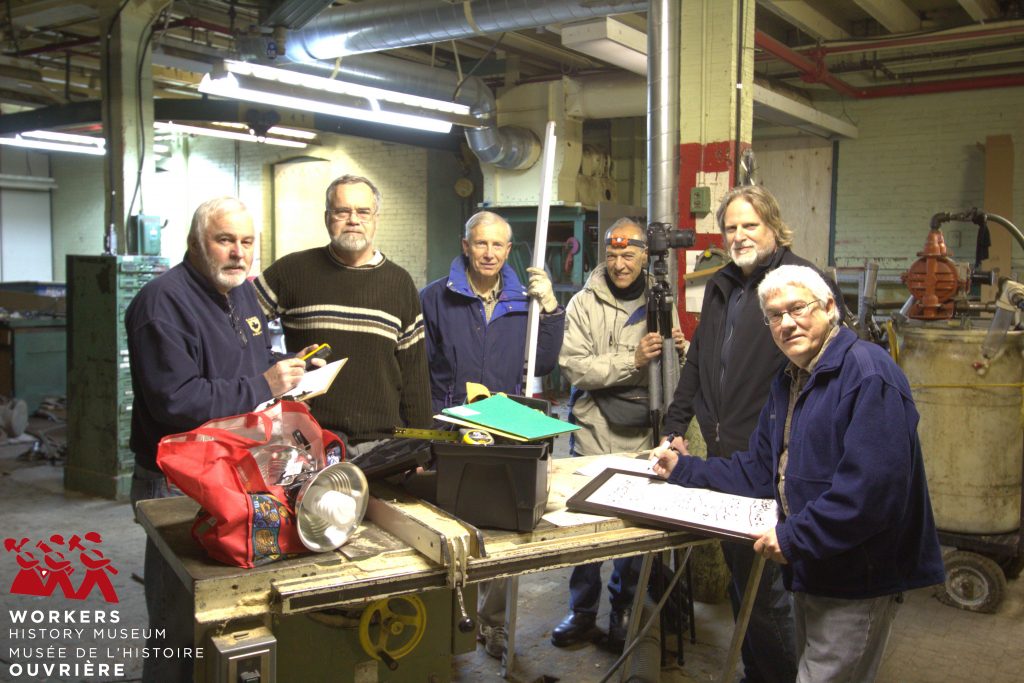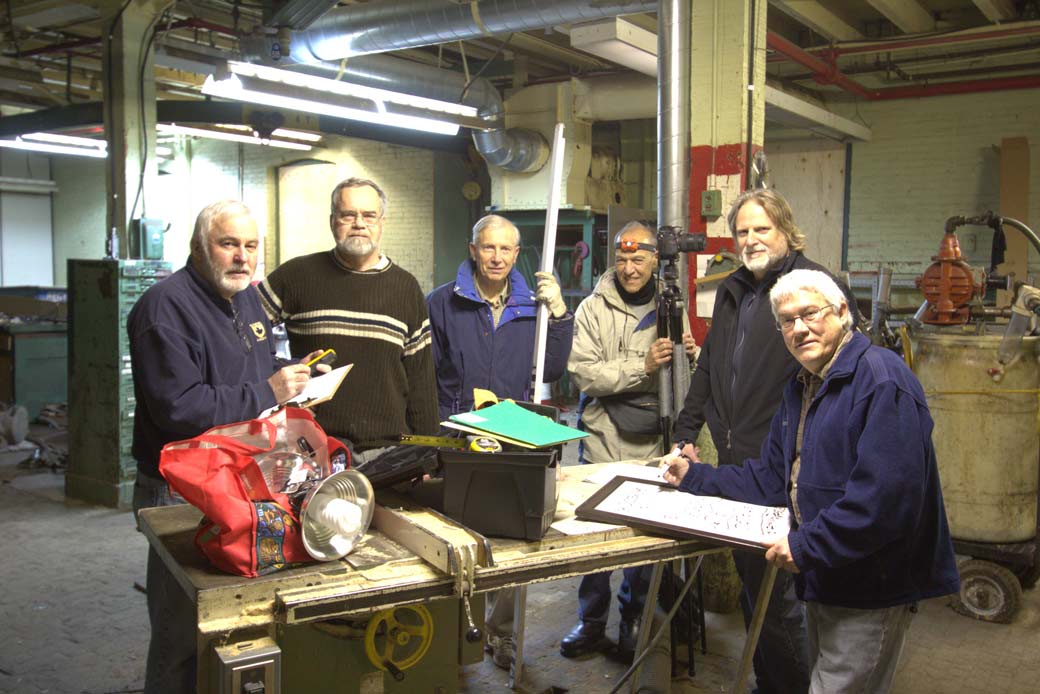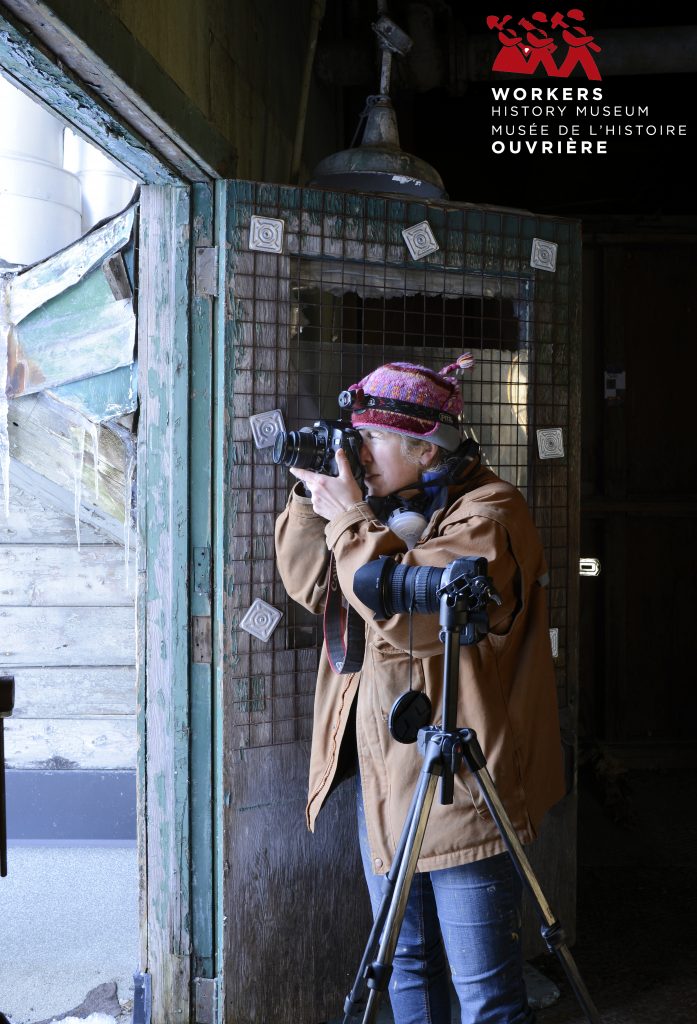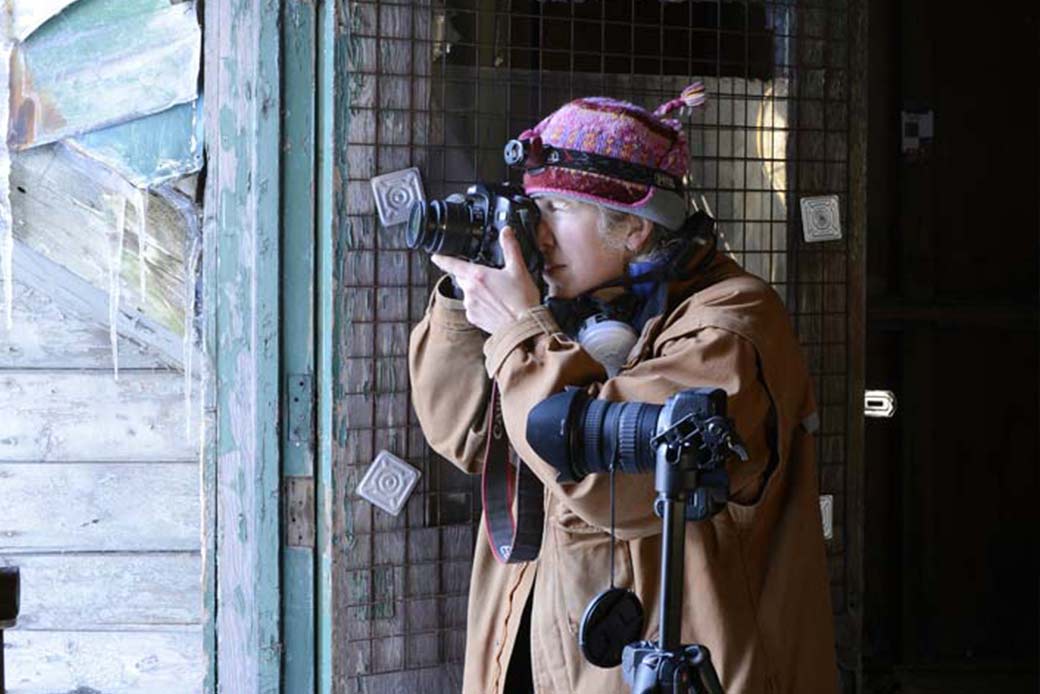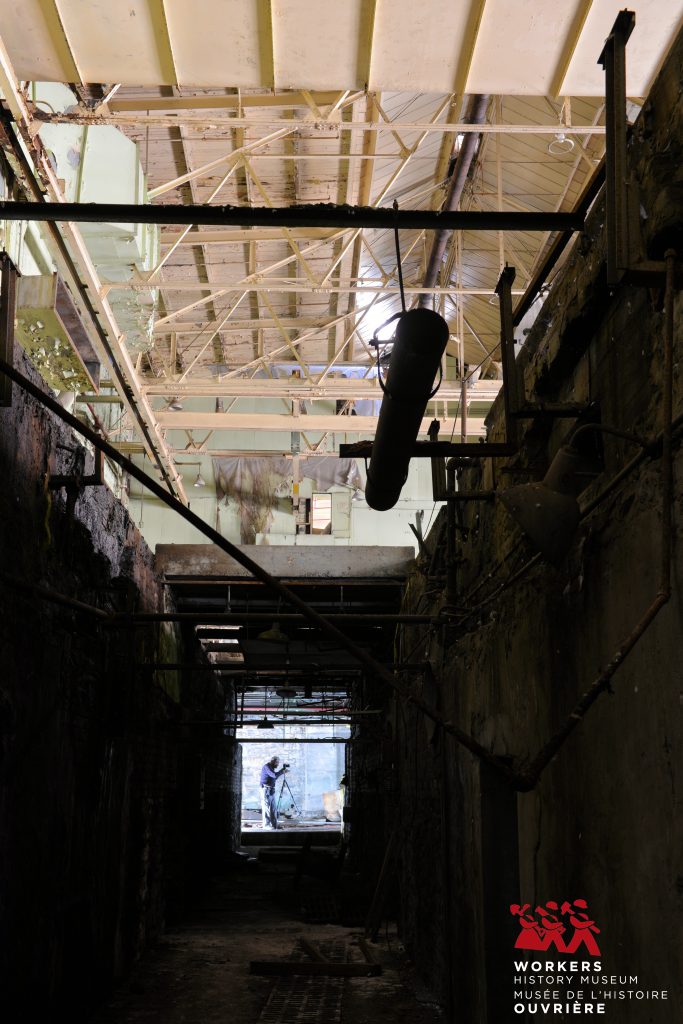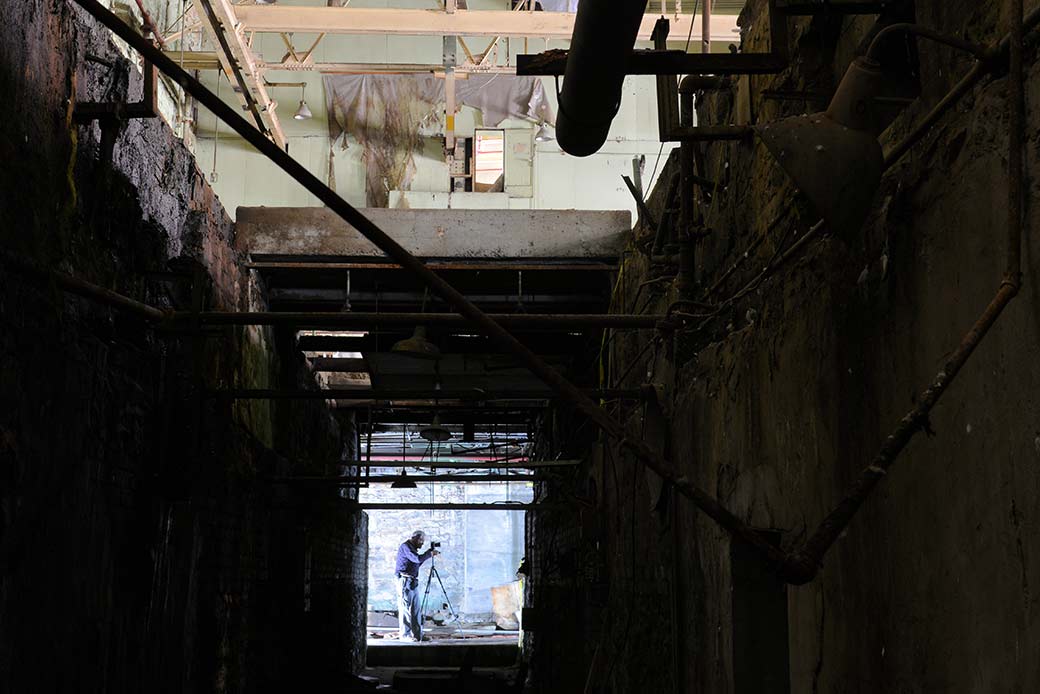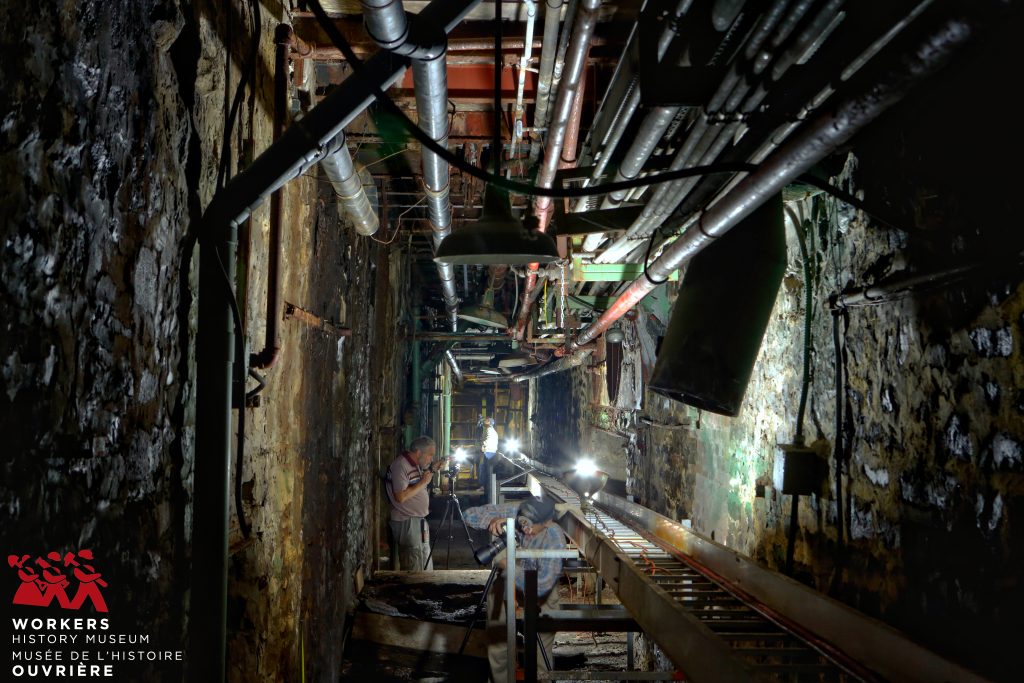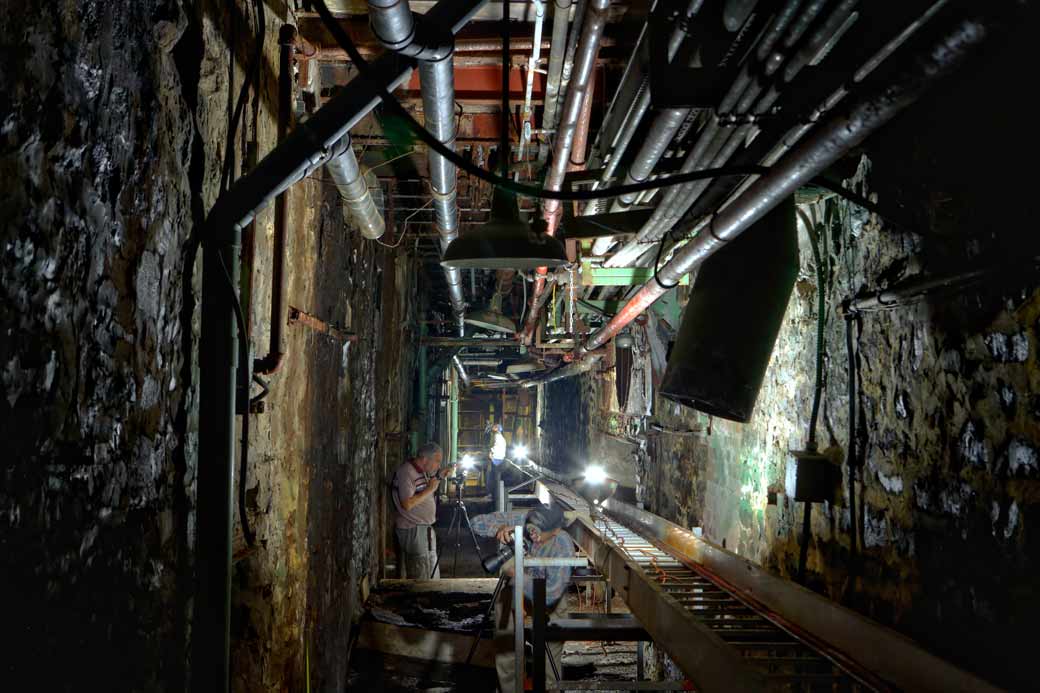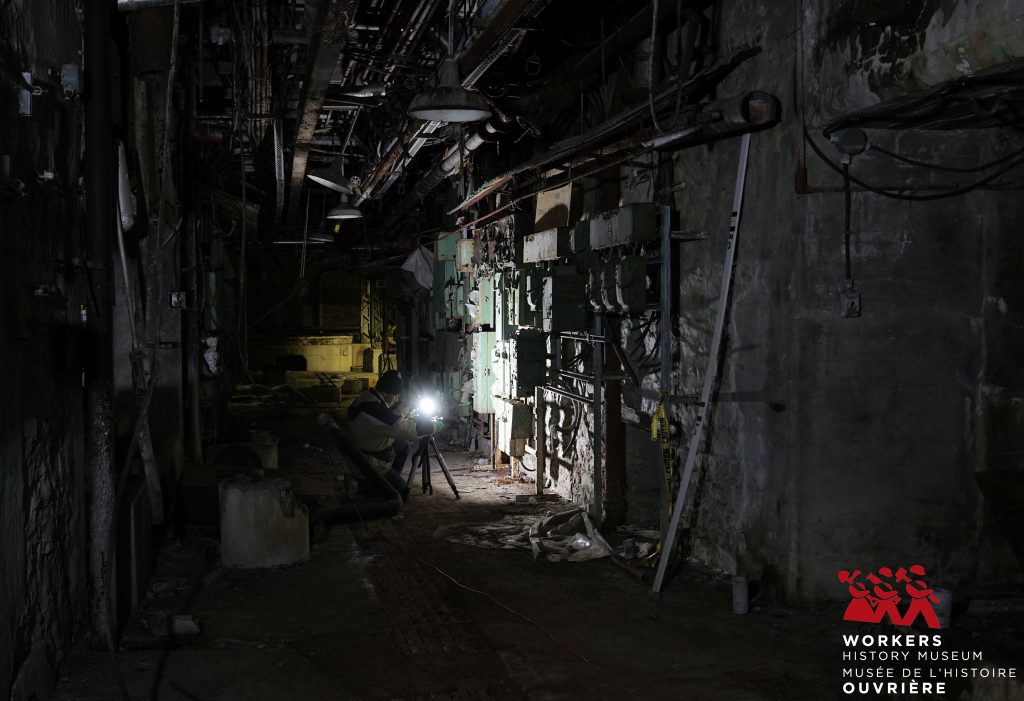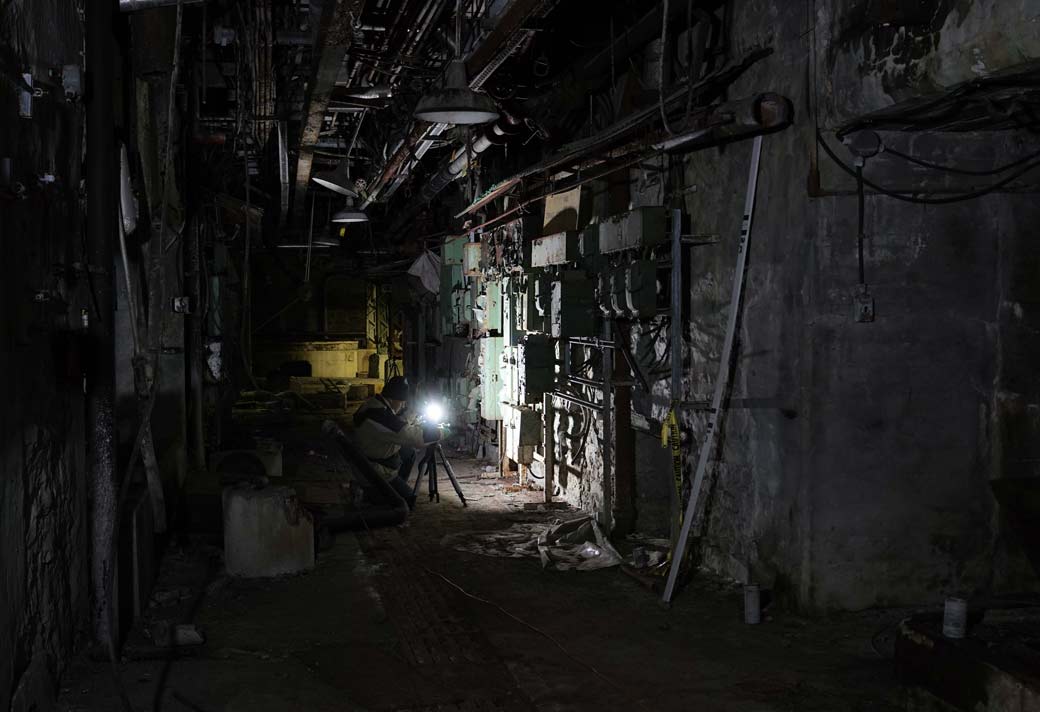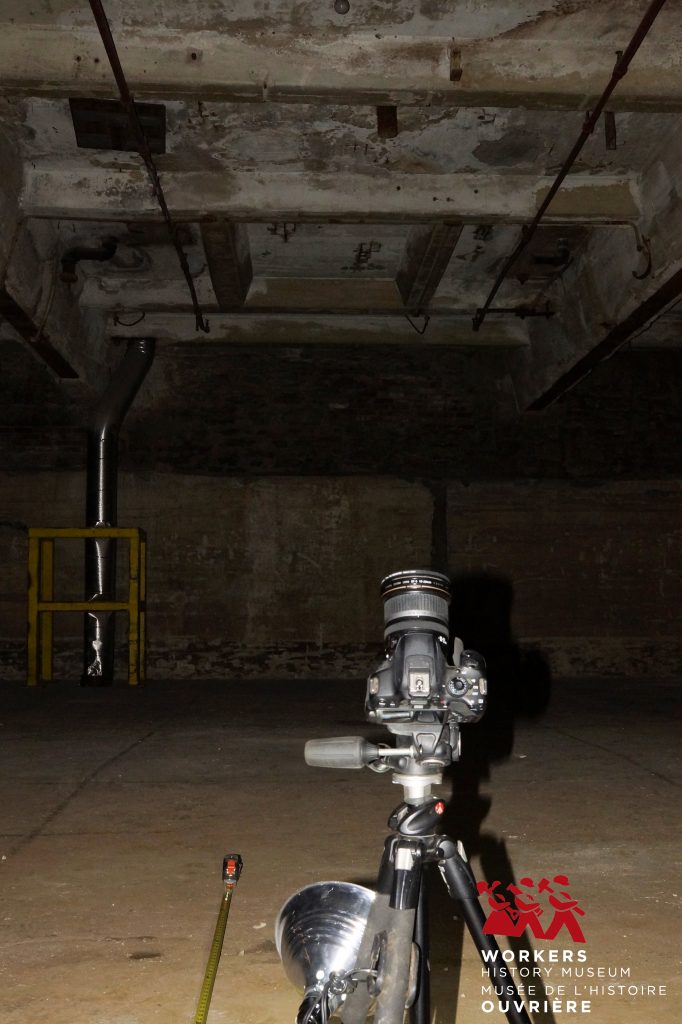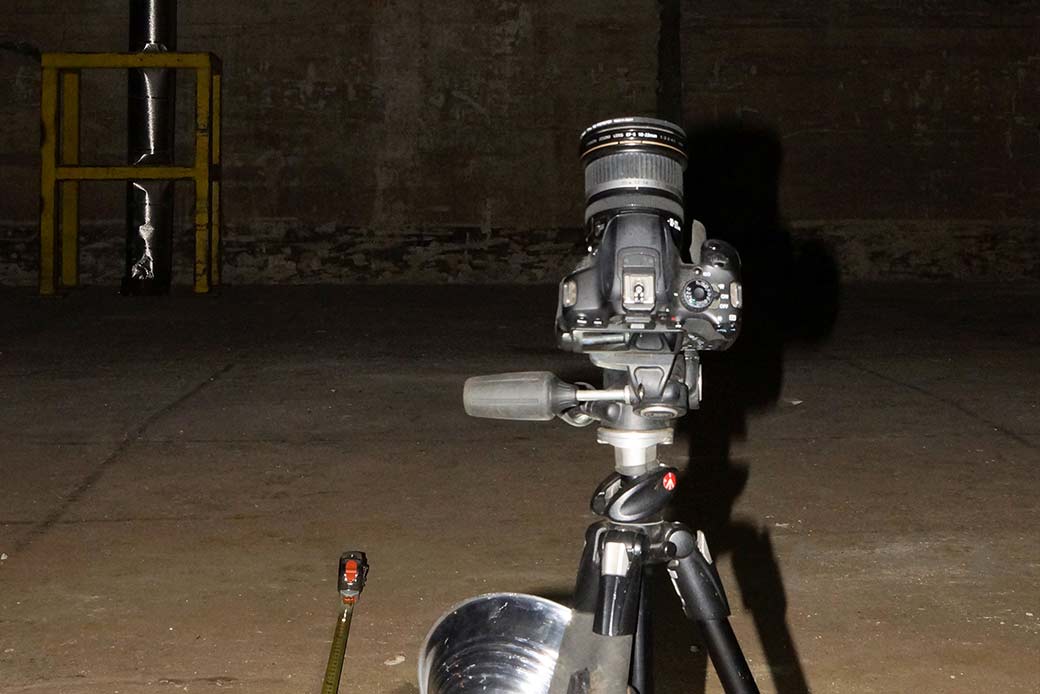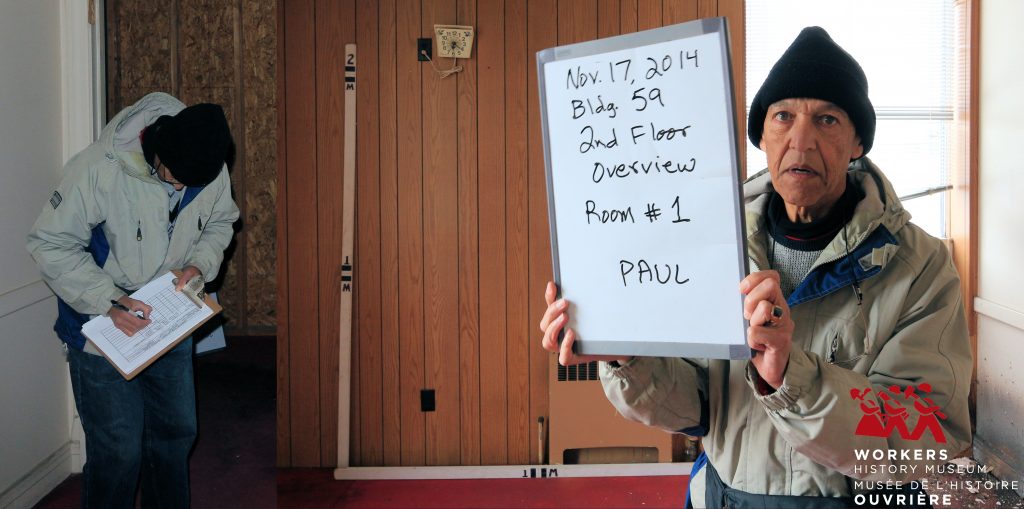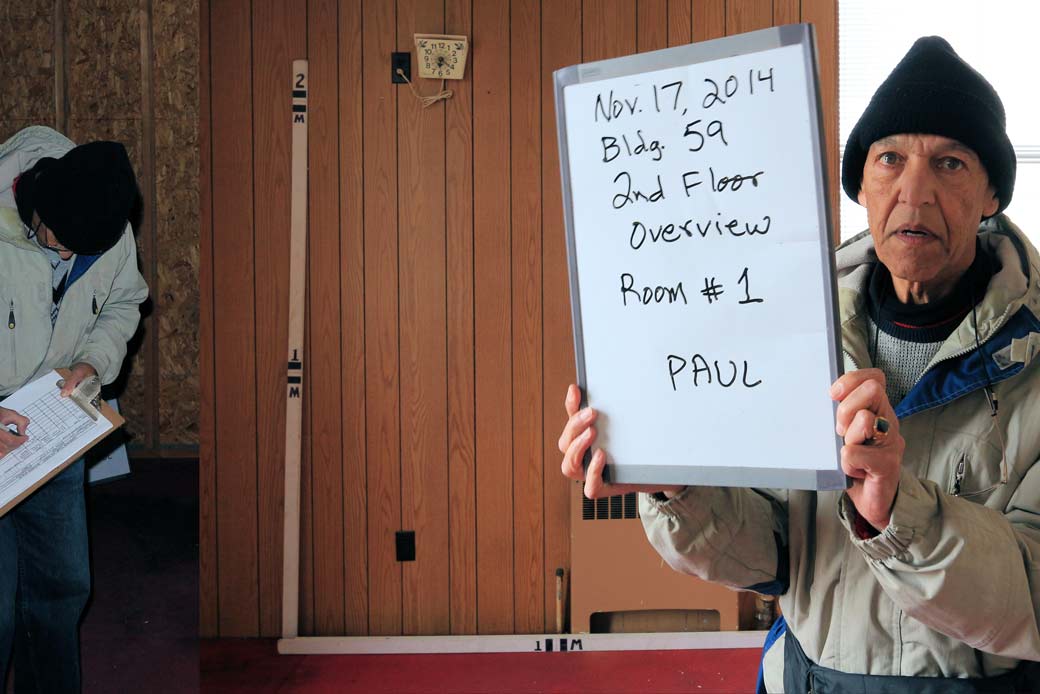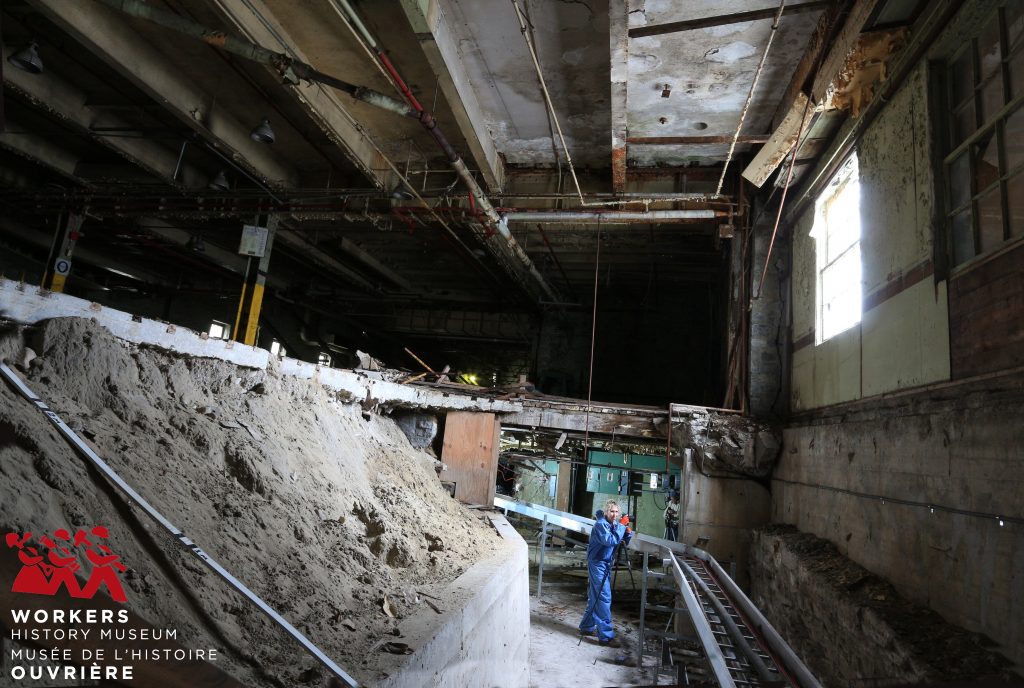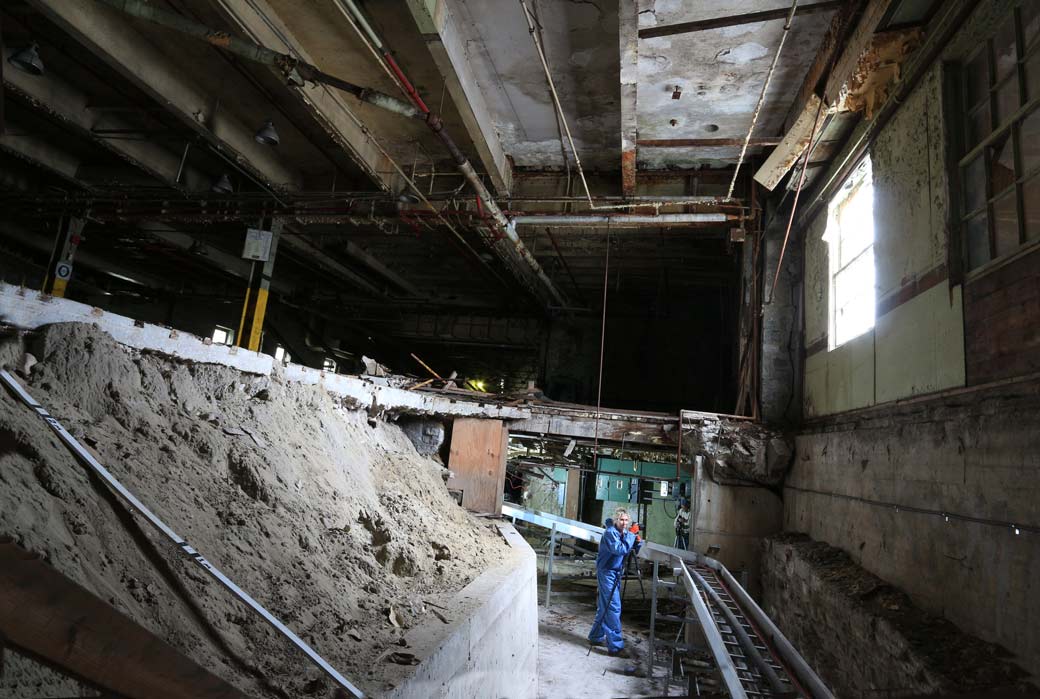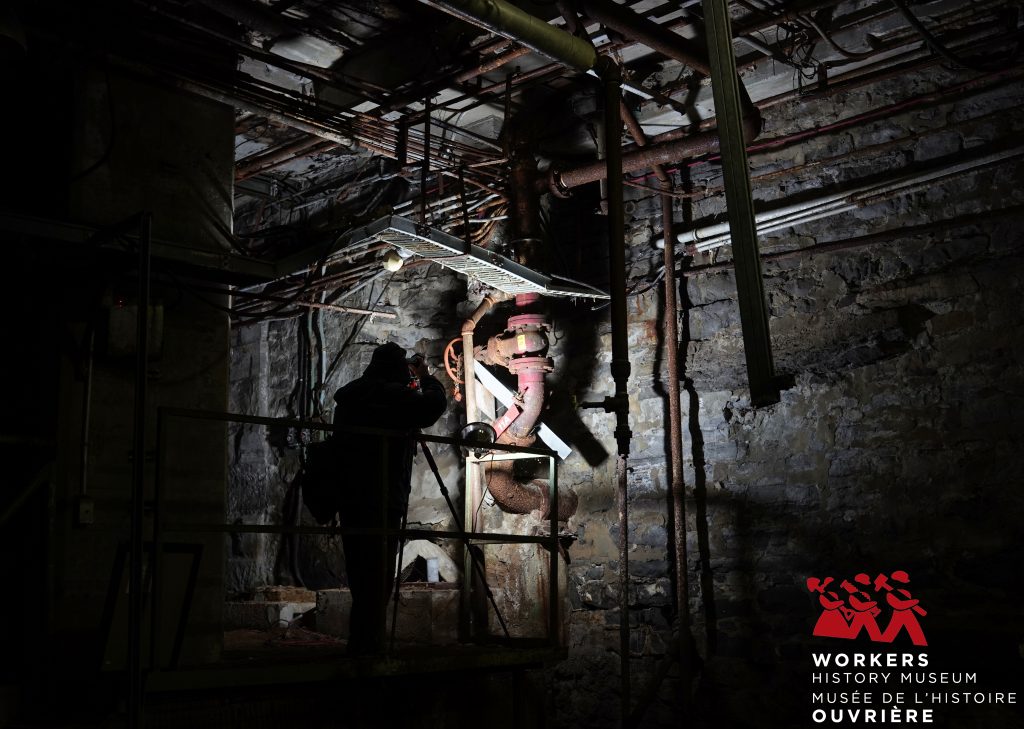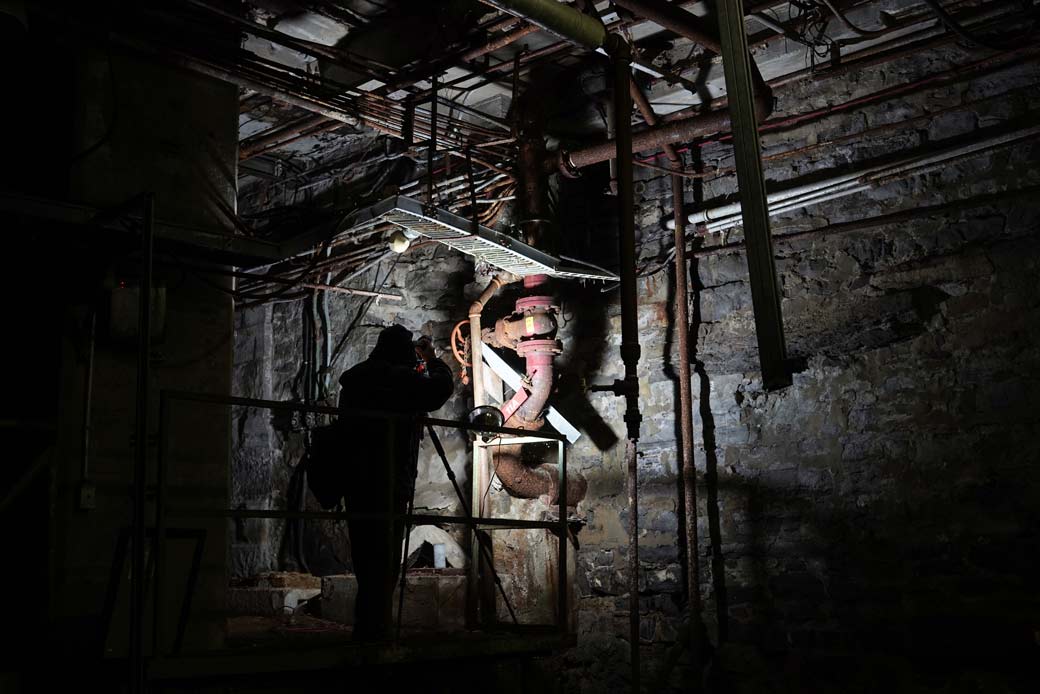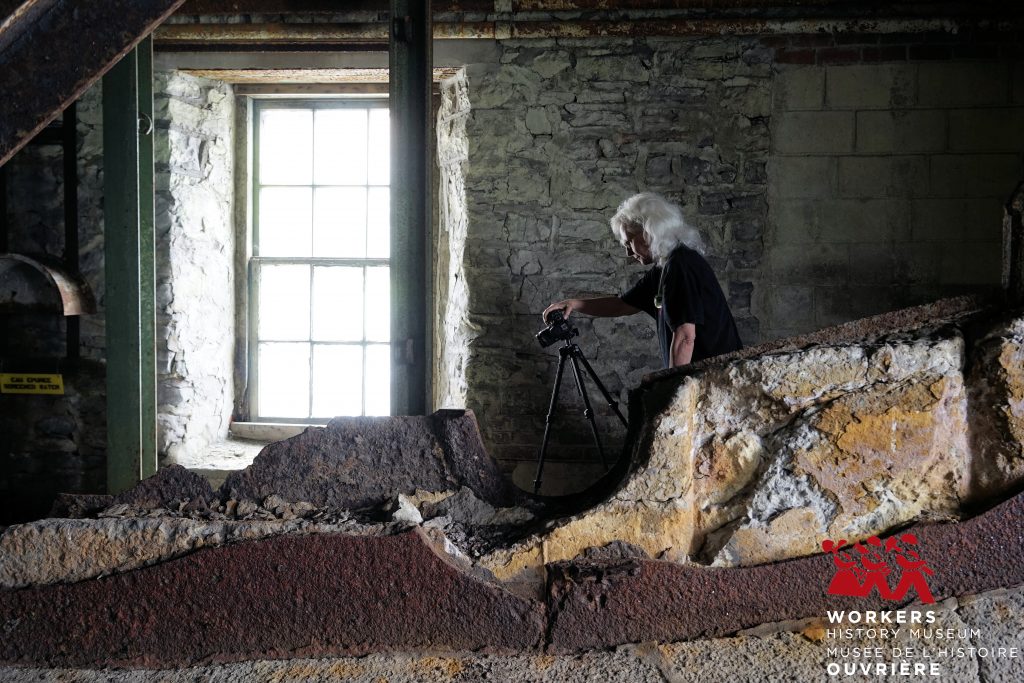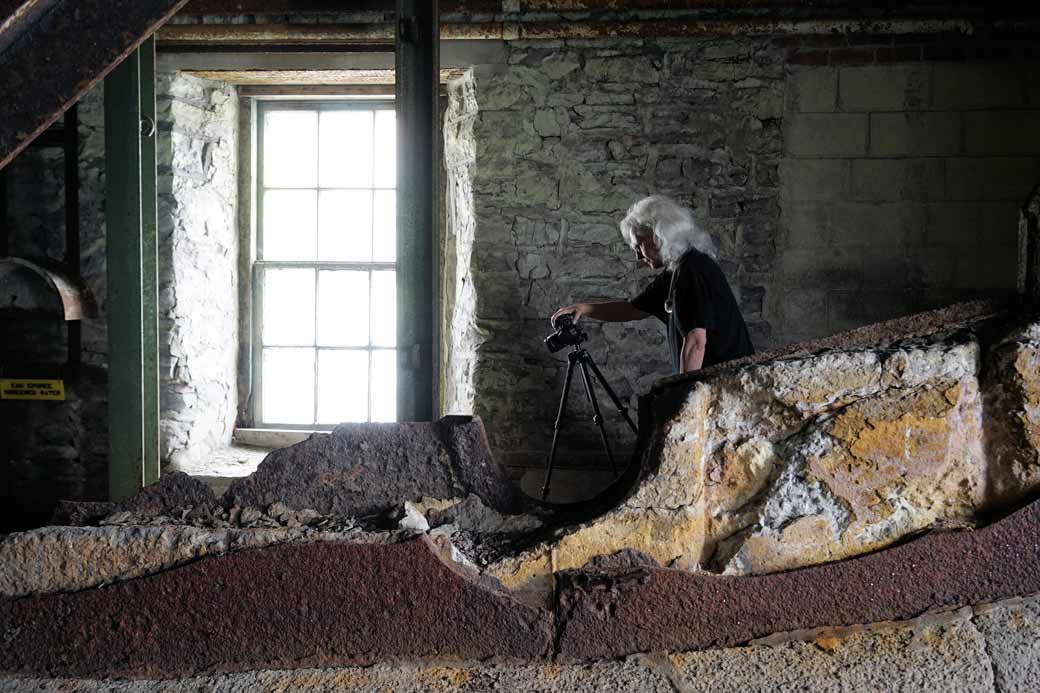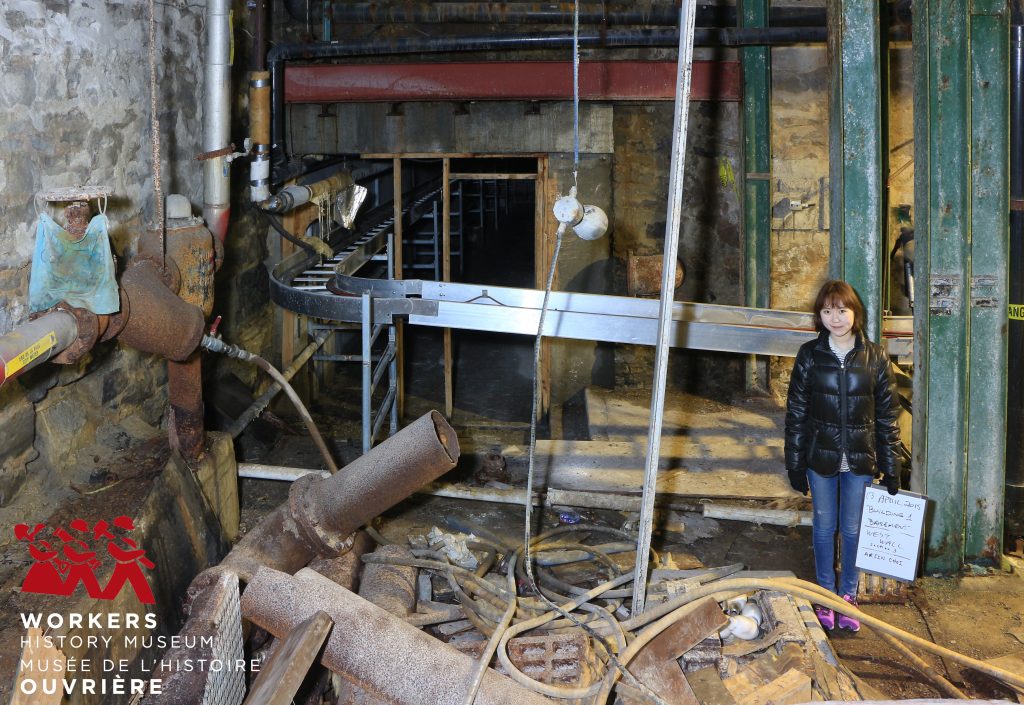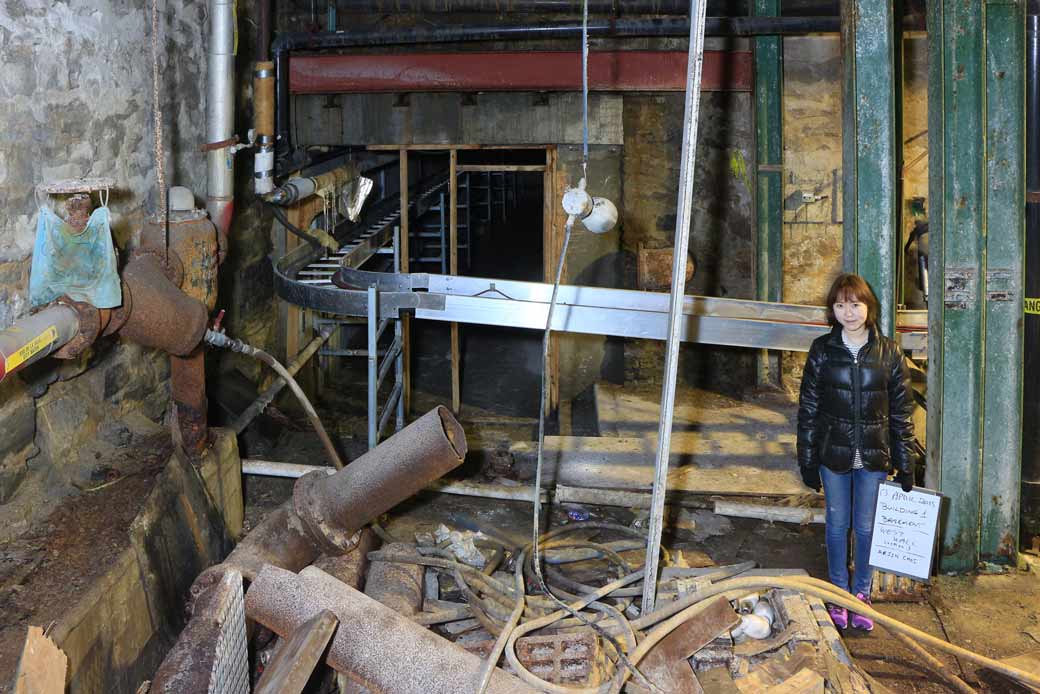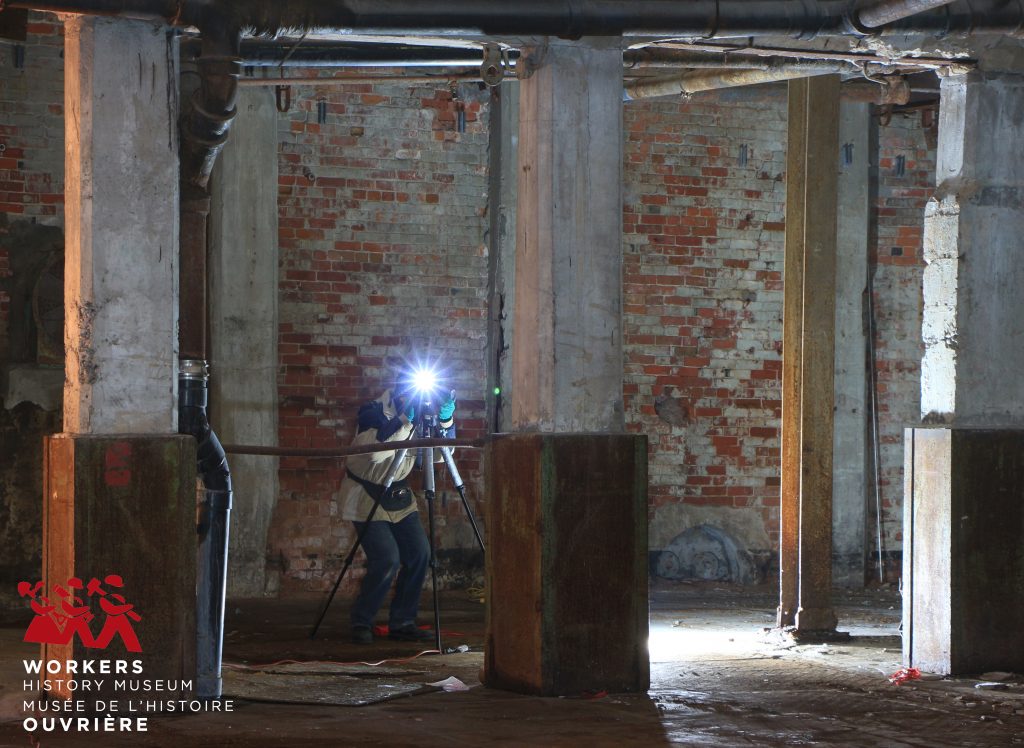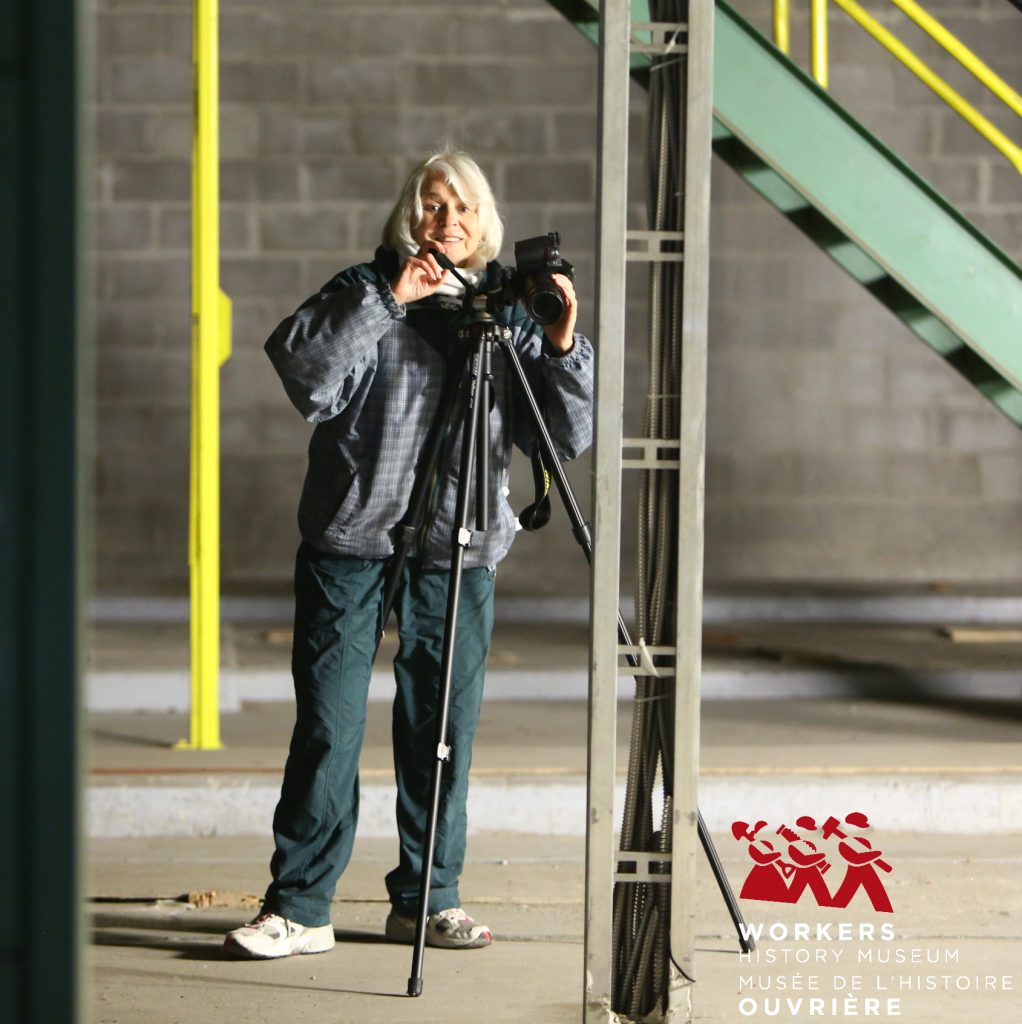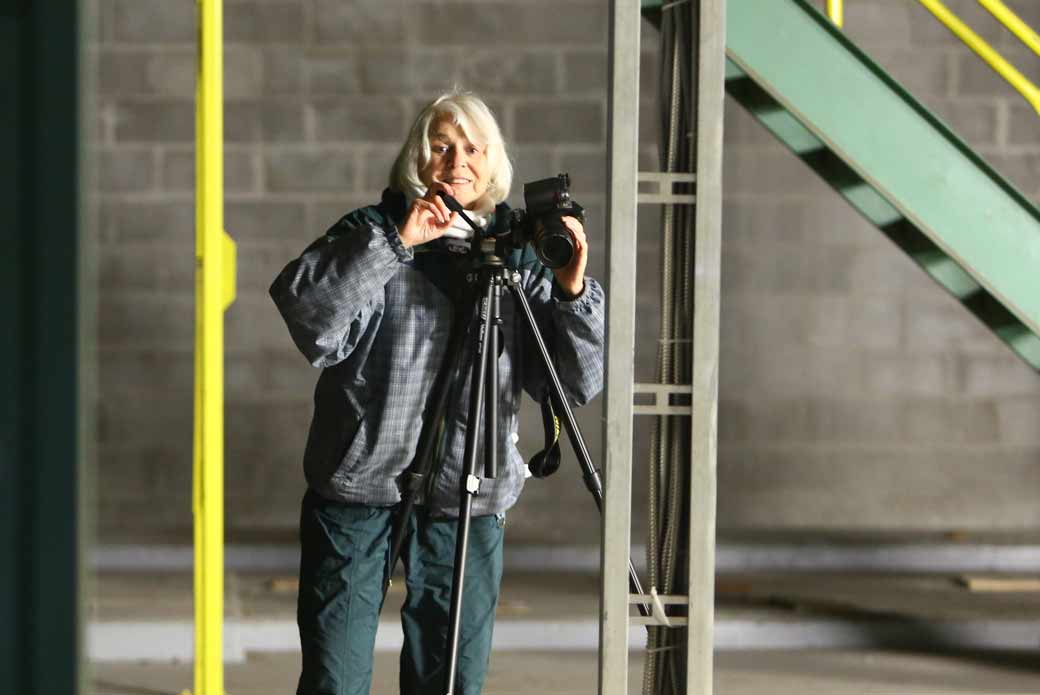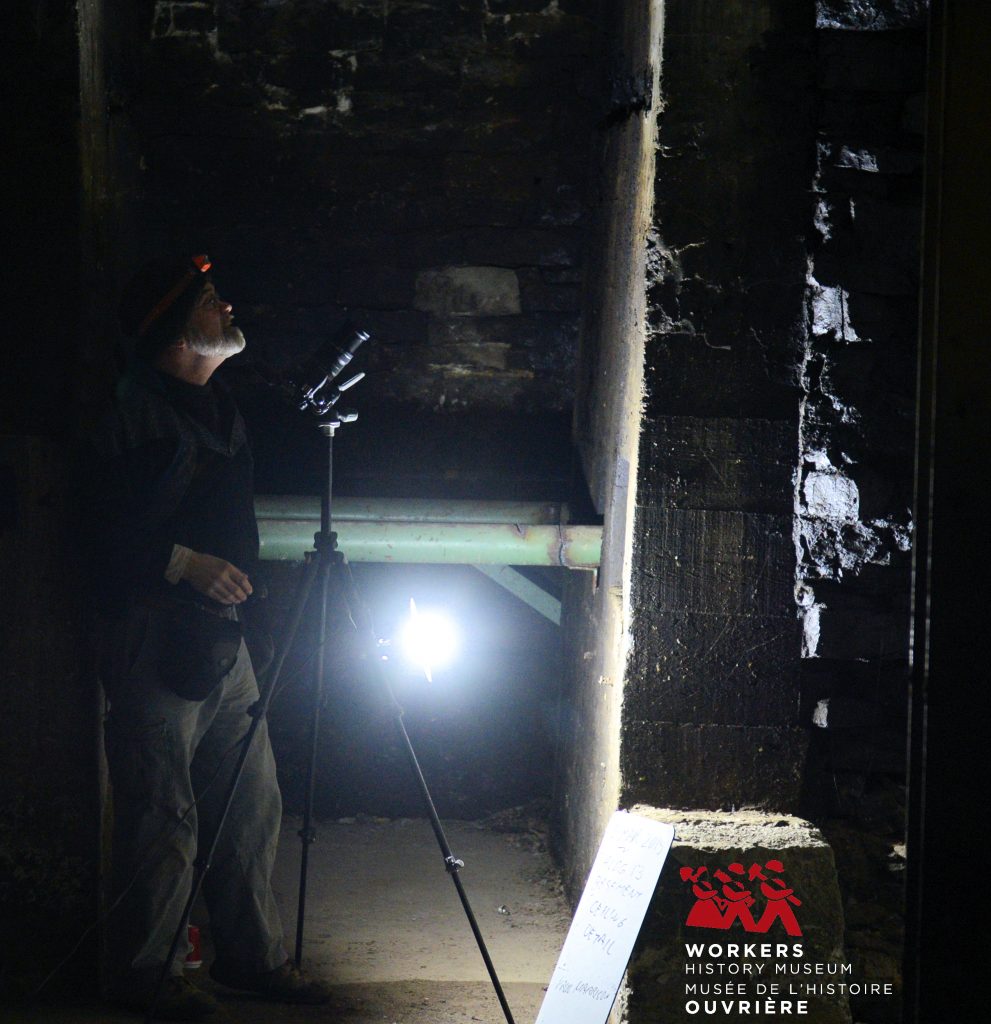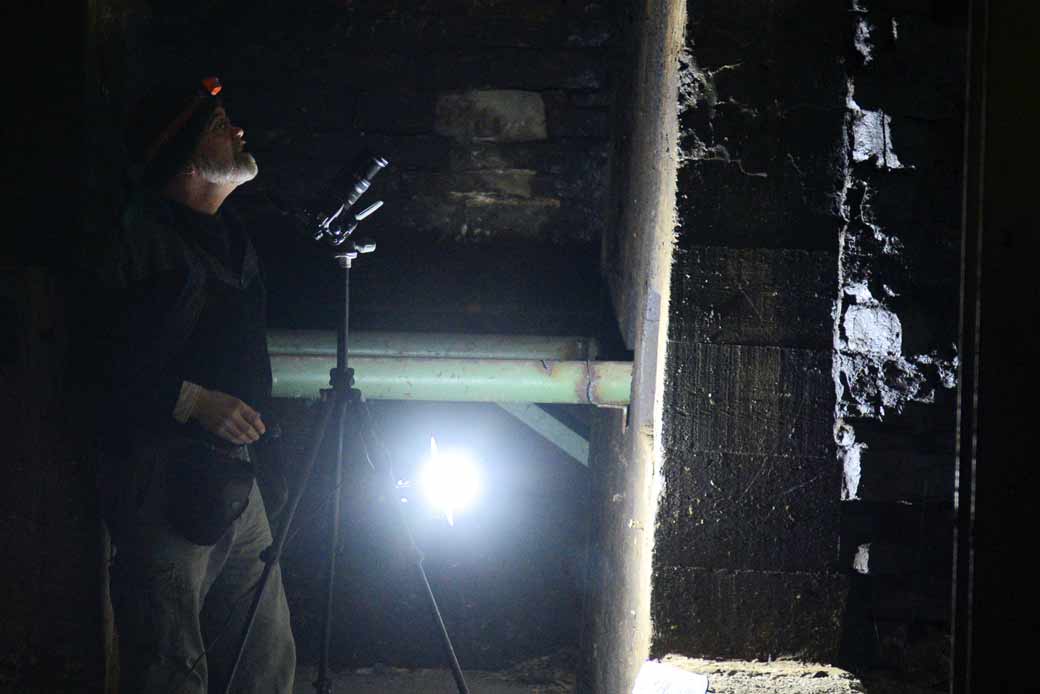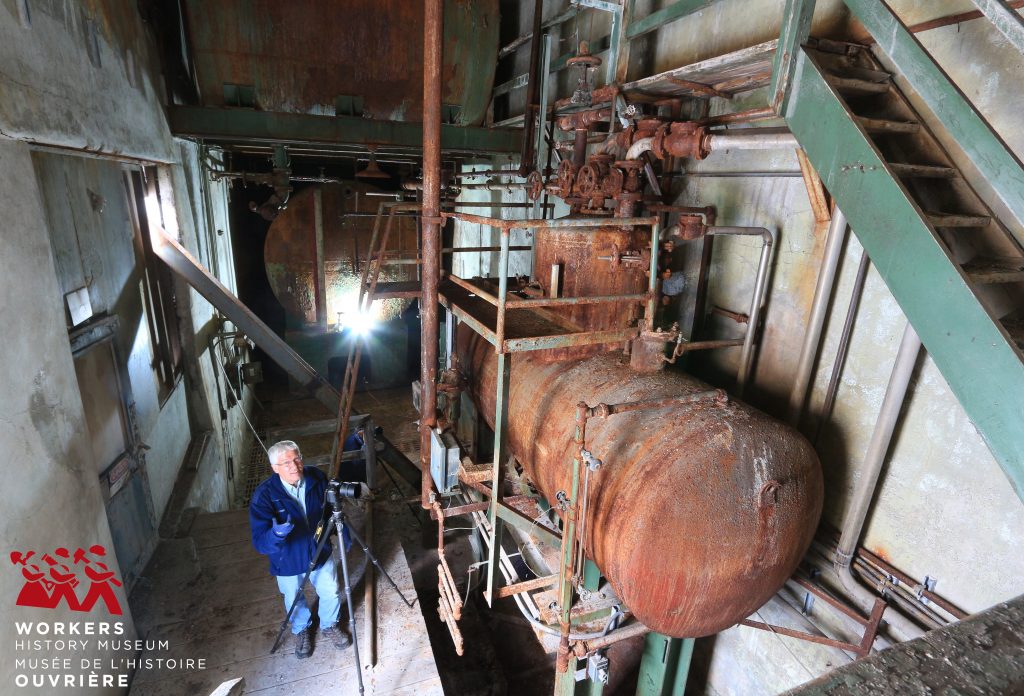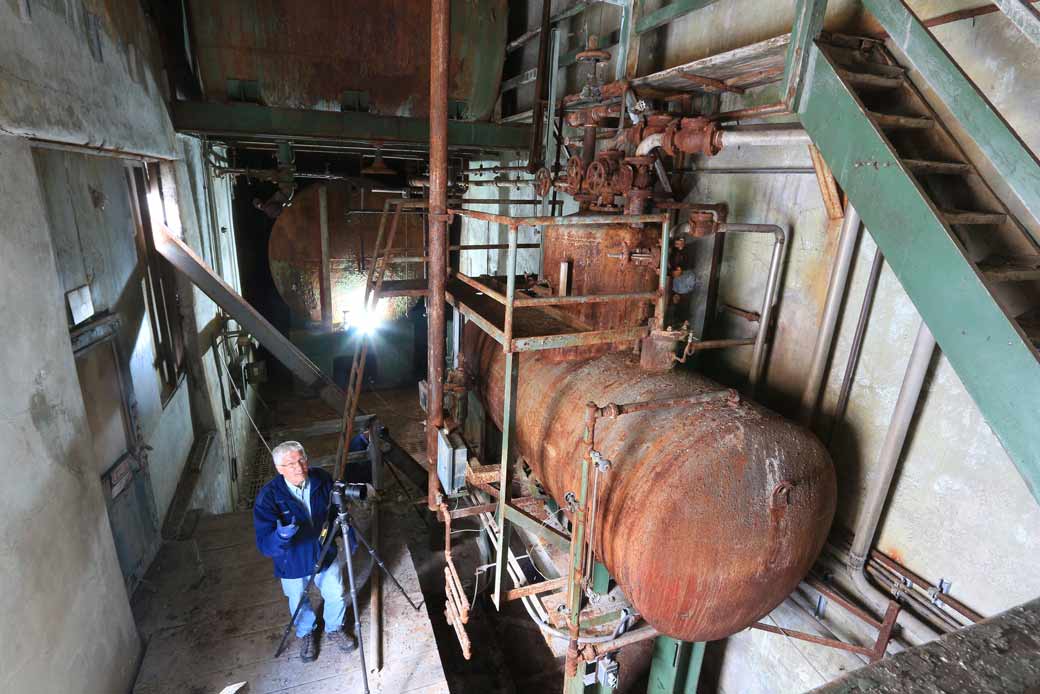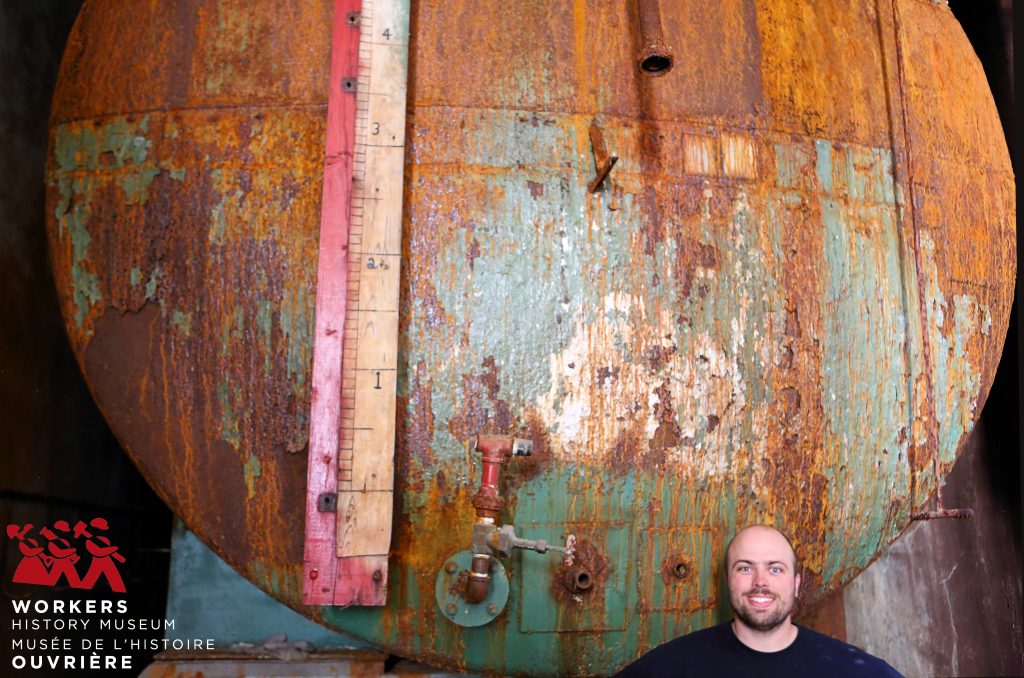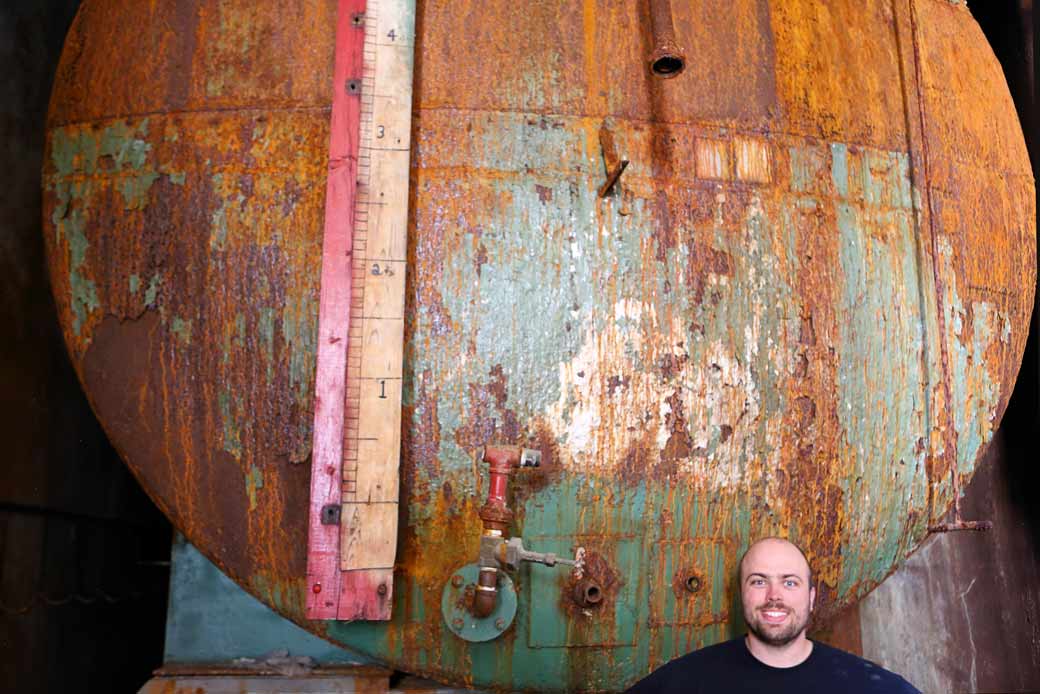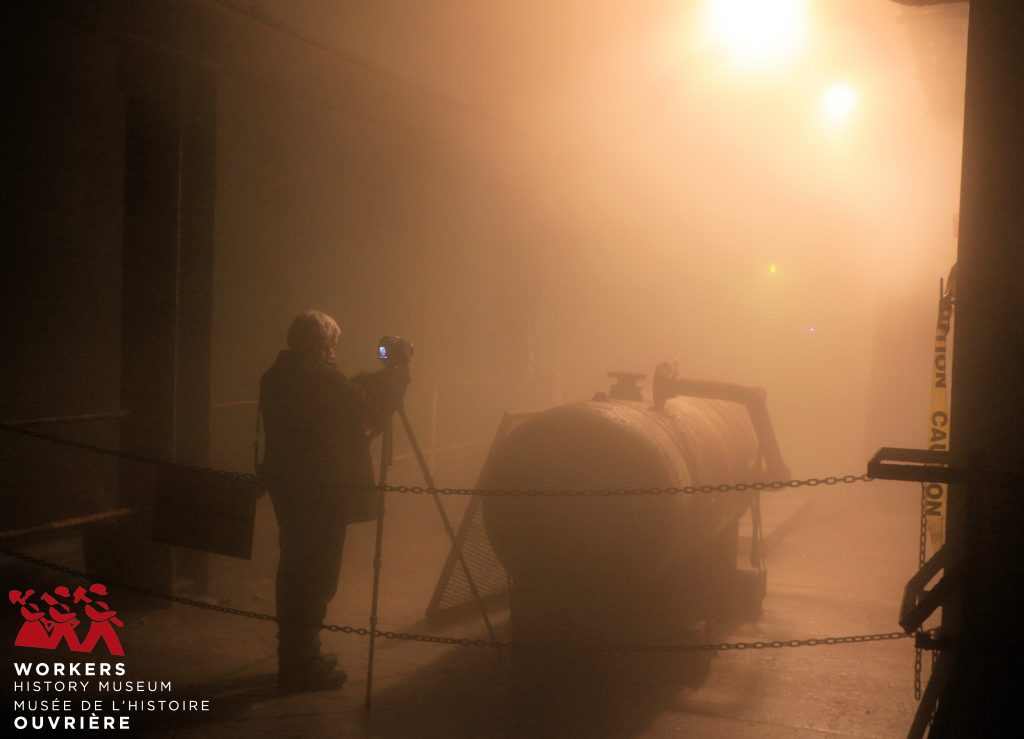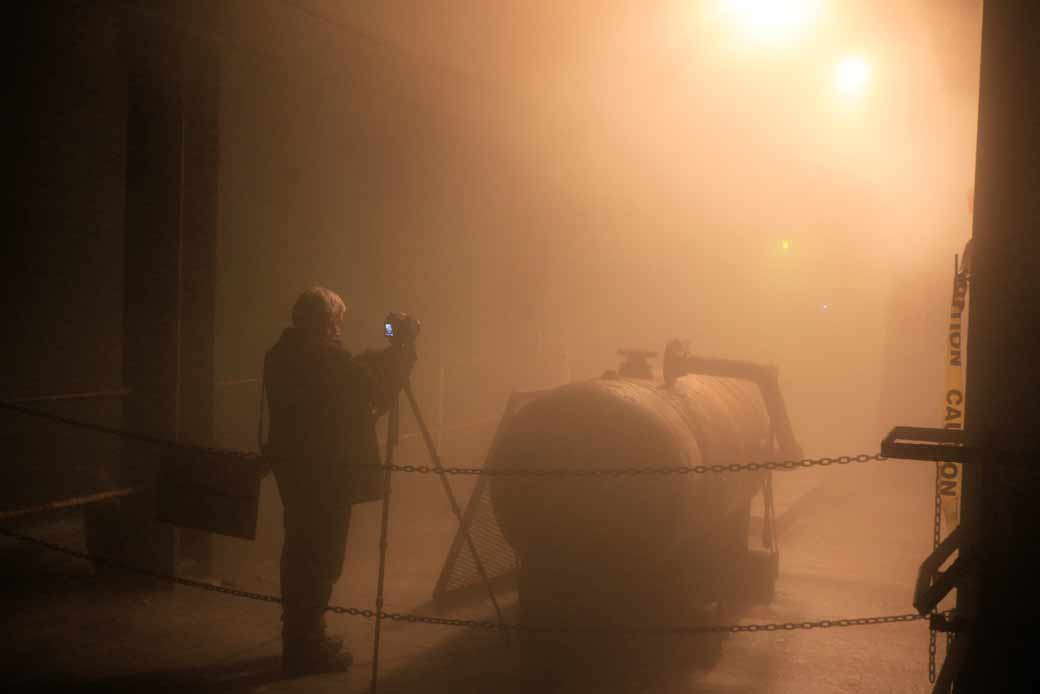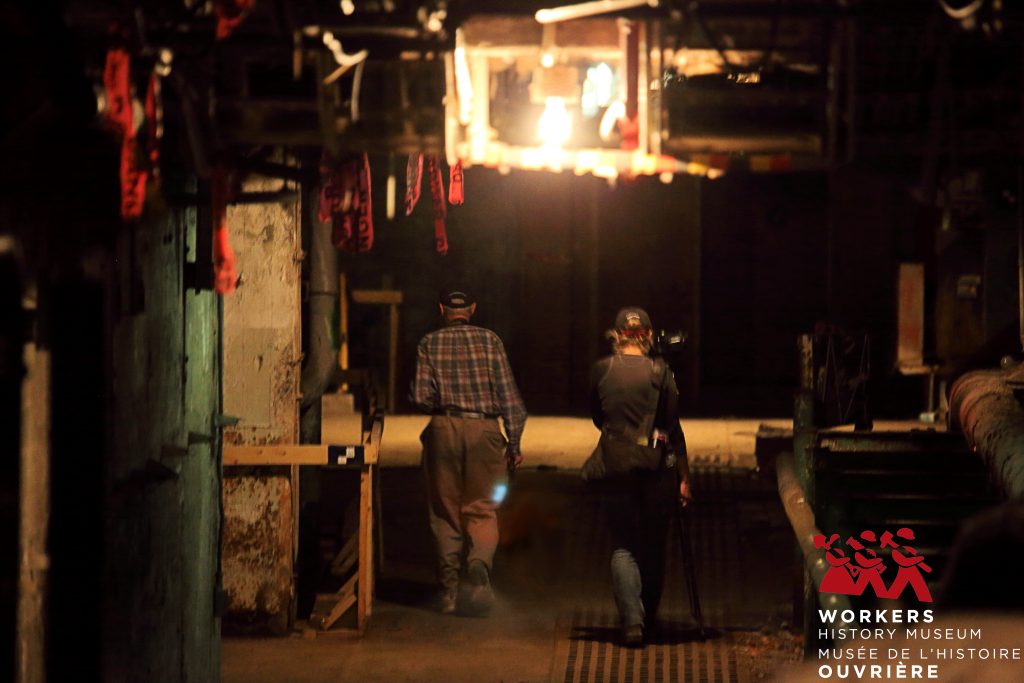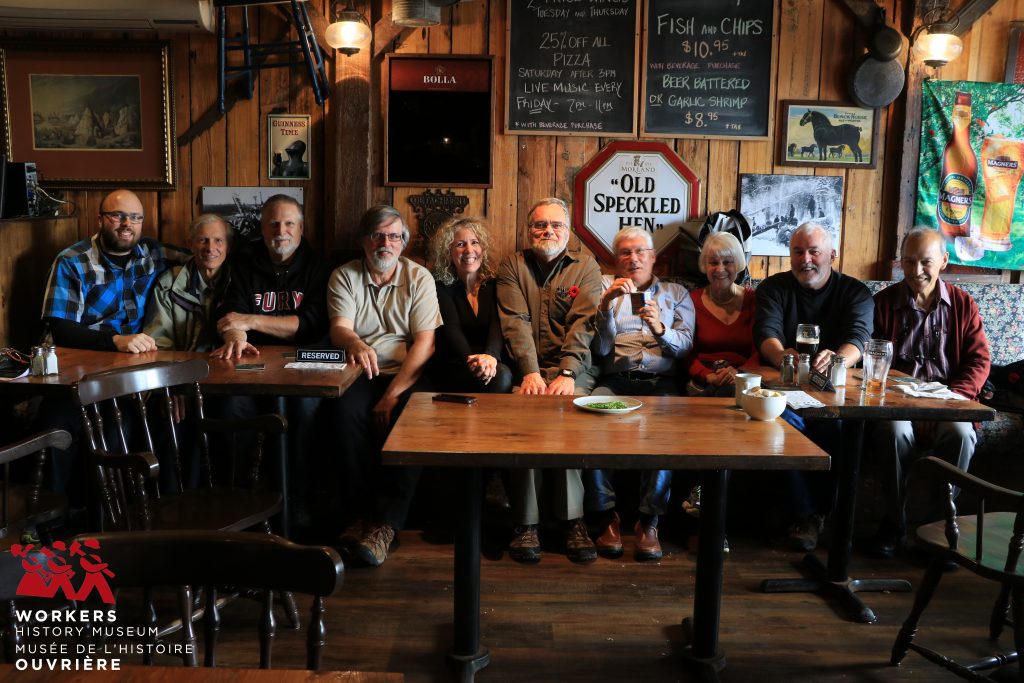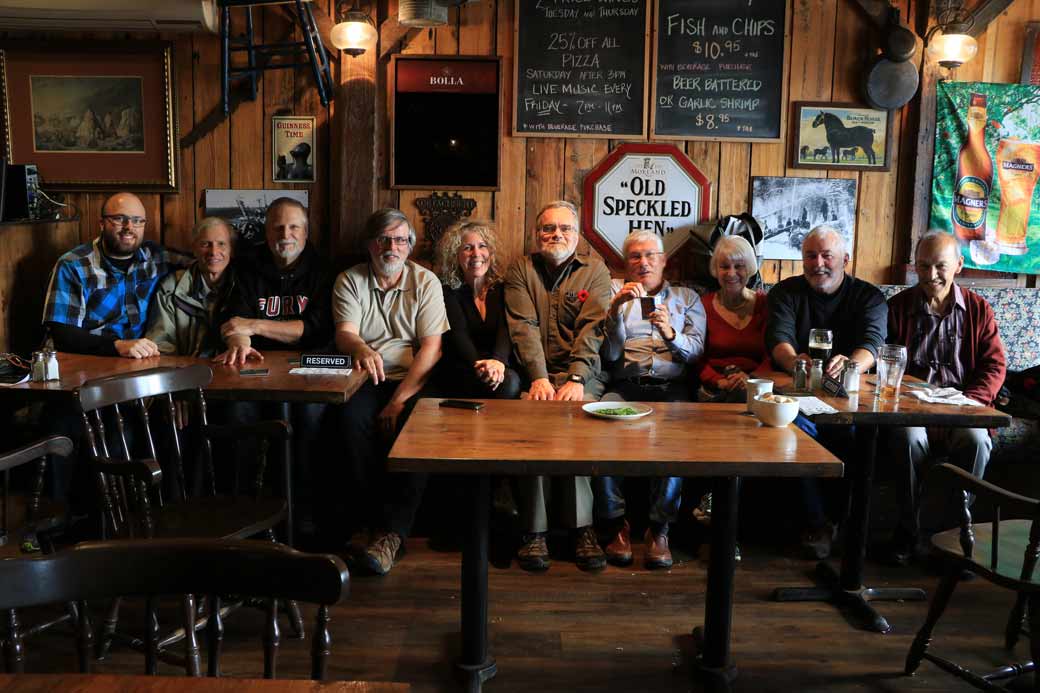The Eddy Papermill Collection
Historians and other researchers are invited to apply to the Workers’ History Museum to gain access to a unique visual documentary collection recording in detail the former E B Eddy / Domtar Pulp and Paper Mill complex in Ottawa, Canada.
While Ottawa is popularly perceived as a government town, it was also a center of the lumber, pulp and paper industry. Lumber mills began to appear in the early 19th century at the Chaudiere Falls, in the heart of what would one day be the Cities of Ottawa and Hull / Gatineau. For most of the 20th Century, the site was dominated by the E B Eddy Pulp and Paper Mills, which eventually absorbed those of J R Booth on the south side of the river into one sprawling complex. In 2006 – 07, Domtar, the current owner, closed the mills, ending 200 years of industrial activity on the site.
Early in 2014, Windmill Developments Corporation announced it had acquired the site for redevelopment into offices, condominiums and business spaces.
During the period May 2014 to August 2015, with the permission and cooperation of Windmill Corporation, a team of volunteer photographers organized by the Workers’ History Museum created a comprehensive visual record of the sprawling historic papermill complex.
The team produced over 70,000 images and about 36 hours of video covering every wall, floor and ceiling and all fixtures, machinery, tools, items of furniture, windows, doors, structural components and signage. It is as complete a visual record as the image technology of the time permitted, capturing a site soon to disappear.
The images include overlapping panoramas of walls and ceilings, and images taken from all sides of objects, in most cases with scale markers included. All images are linked to the locations where taken.
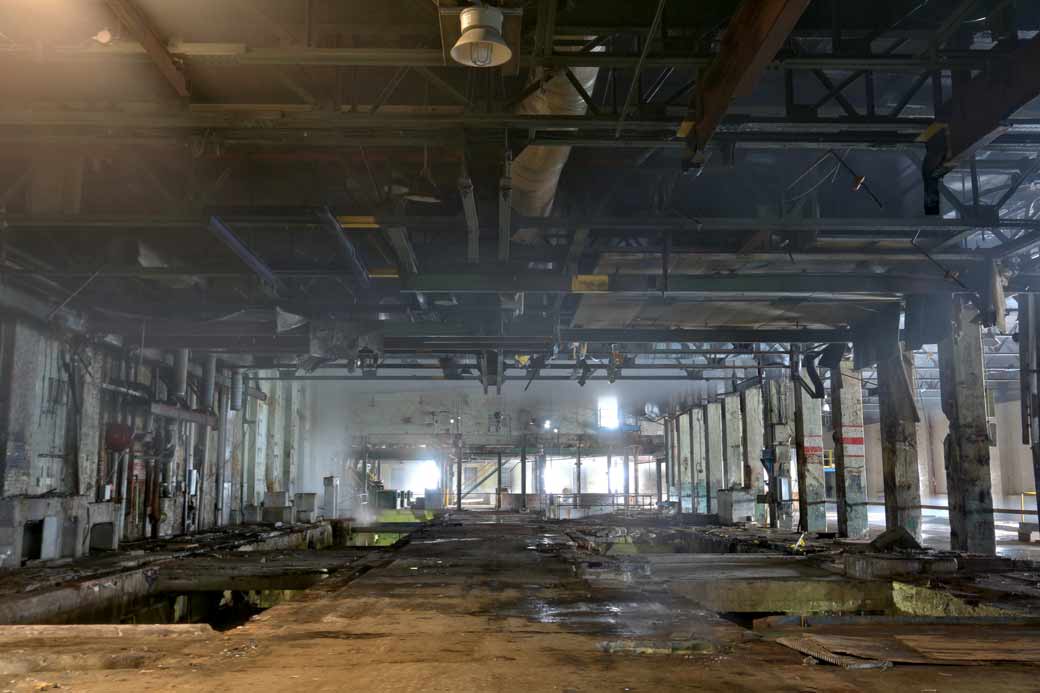
Reminiscences of the Chaudiere Project
By Project Director Paul Harrison, WHM Image Archivist
The photographic documenting of the former E B Eddy / Domtar paper mill properties was one of the most uniquely memorable events of my life.
If you are not a photographer, it may be hard to understand why unpaid volunteers undertook this sometimes gruelling work for 13 months. The fact is, abandoned industrial sites are for many photographers what Mount Everest is to mountain-climbers: a rarely-accessible opportunity of a lifetime. While the majority of our images were butt-ugly archival shots, it was a standing rule that we could interrupt our progress at any time to take artistic images. You never knew when some ideal, breath-taking combination of stonework, rust stains and light-and-shadow might be encountered that would transform an exhausting day into a Zen moment.
The site could be dark, cold, damp and hazardous, but also often attractive, addictive, even beautiful and magical at moments. The whole complex was very quiet, like it was dozing in retirement, its steam pipes hissing its aged breathing, the massive electrical panels humming with memories, and perhaps a little astonished and indignant at our intrusion.
There were poignant reminders everywhere of the people that worked there, and the history behind it all. Scattered amongst vast halls where once great paper machines roared were the offices, welding, woodworking, electrical machine, shops, locker rooms and showers and small cafeterias, training rooms and meeting rooms. Maintenance logs and calendars dated April 2007 – the month the plant closed – were still on some office desks, as if the person who worked there just got up and left on the last day. We saw (and photographed of course) formulas scrawled on concrete walls by engineers following a train of thought; safety helmets and jackets in lockers; PG-rated girlie calendars from a German tool and die manufacturer; and just outside the main office were signatures scrawled on the corridor wall by workers leaving on the last day, recording when they started work there, and under it their last day on the job.
What follows are images of the project work itself, and my own observations. Like the archive we created, the best sense of place comes not from words, but from visuals.

